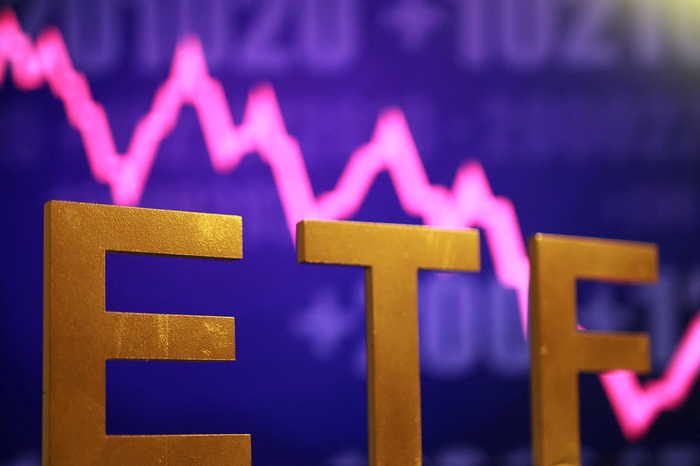Among active exchange-traded funds (ETFs) whose performance is more important than remuneration, the..

Down 10 basis points in two years to 0.51%,\n Although it is not as explicitly cut as the market in the market,\nThe impact of ETFs with high total compensation for active specialty houses\nETF
Among active exchange-traded funds (ETFs) whose performance is more important than remuneration, the number of products with lower total compensation is increasing.
According to the Korea Exchange on the 2nd, the average total payoff of stock-type active ETFs listed this year fell to the lowest level in the last five years.
The average total remuneration of 24 stock-type active ETFs released this year is 0.51%. It was down 0.04 percentage points from last year (0.55%) and down 0.1 percentage points from 2023 (0.61%).
It is lower than in 2022 (0.55%) and 2021 (0.58%).
Instead of pursuing higher returns than passive ETFs, it has been considered natural for equity-type active ETFs to charge higher remuneration rates.
However, as the market grows and competition among management companies intensifies, the average remuneration of these products is also naturally decreasing. The size of the stock-type active ETF market recently exceeded 11 trillion won in net assets, more than doubling from the end of last year.
The proportion of products with a remuneration rate of less than 0.5% increased from 34% last year to 50% this year. In 2023, this rate was only 21%.
In particular, managers who also use passive ETFs are launching inexpensive products and competing with active ETF managers who stick to relatively high remuneration rates.
This year, the average total remuneration of products released by three active ETF management companies (Time Portfolio Management, Samsung Active Management, and Asset Plus Management) is 0.57%. On the other hand, the average product released by the rest of the management companies is 0.47%.
“As competition in the passive ETF market has become very fierce, managers are also turning to the active market,” said an ETF head of an asset management company.
In February, Samsung Asset Management, Mirae Asset Asset Management, and KB Asset Management brought down the total remuneration of the S&P 500 and Nasdaq 100 Passive ETF to less than 0.01%, sparking controversy over the “chicken game” in the management industry. In this atmosphere, management companies often put forward “industry minimum pay” when launching new products.
However, in the case of active products, there are many factors to differentiate products in terms of investment strategies in addition to the remuneration rate, so there is no explicit competition for pay cuts.
On the other hand, the decrease in the average remuneration rate of domestic active ETFs is also due to the release of ETFs containing ETFs. Management companies that release ETFs containing ETFs set low product remuneration rates to reduce investors’ burden of double remuneration payments.
“TIGER Total World Stock Active,” which was listed in June, invests by incorporating small-cap stocks in emerging economies in the form of ETFs. The total payback rate is 0.25% per year, lower than the overall average of domestic ETFs (0.3%).
Recently, some products with a total payoff rate of less than 0.1 percent came out. The “TIMEFOLIO Global Topic Active” ETF has an annual total payback rate of 0.06%. However, the total unemployment rate of the product, which adds up the ETF’s re-indirect costs, was 0.41%.






